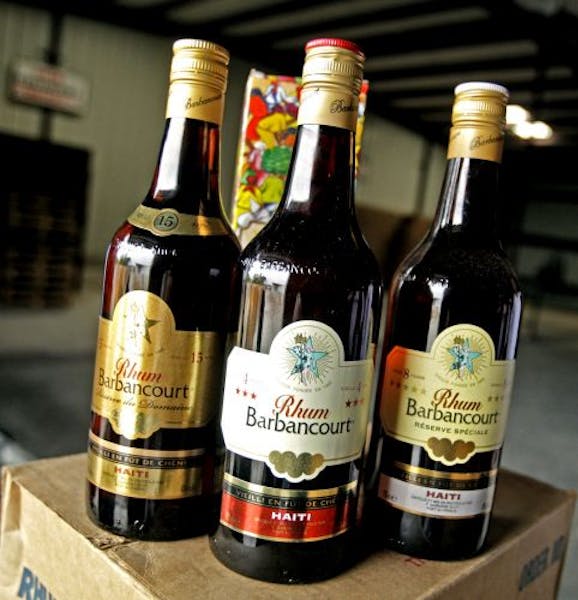I first met Chloe McKoy more than a dozen years ago on a winter morning when I boarded a plane at JFK Airport heading for the Caribbean sunshine. Luck -- and a computer program -- sat us next to each other, and in minutes we were relating family anecdotes, catching up on world events, sharing culinary passions. I told her about gumbo. She talked about the holiday fruitcakes she gave as a Christmas gift.
Chloe is a native of Nevis in the Dutch West Indies, and I soon learned that the legendary cake was not only popular throughout the Caribbean during the Christmas season, but also graces the table at weddings, christening, receptions, and cocktail parties year-round.
There are many variations, as well as names such as West Indies Fruit Cake, Caribbean Rum Cake and West Indies Black Cake, which owes its deep, deep brown coloring to the generous amount of burnt sugar stirred into the batter.
By the time the plane landed in San Juan, we both vowed to keep in touch, and we have.
Today Chloe lives in Atlanta. When I spoke to her by phone the other day, she was gearing up to bake a fruitcake or two to send to her son, Philip, who lives in Minneapolis with his wife and four children.
She had all of her ingredients at the ready: currants, raisins and dried prunes, which are her preferred dried-fruit combination. Other bakers use dried apricots, apples, peaches and currants or whatever combo that strikes the fancy. Some fruitcake aficionados start soaking fruit in rum at summer's end, but Chloe says that late October or early November is time enough for her
She chops or snips the fruit with scissors and combines them in a large glass jar or porcelain crock. Every few weeks, she stirs in a couple more tablespoons of dark rum and Port, rendering the mixture pungent and aromatic. The rum is de rigueur for her, but some bakers prefer Madeira wine over Port in this cake.
When Chloe makes the batter, she stirs in a generous dab of caramelized sugar, also called burnt sugar or browning, which lends a lovely tan color. Then the soaked fruit is added and the cake is baked until golden and aromatic.
When the cake has cooled, Chloe dips a generous square of cheesecloth or white cotton cloth into a little rum, squeezes it out, then wraps the cloth around the cake before doing the same with foil. She stores the cake in a cool, dark spot away from heat.
Every week or so, she unwraps the cake and dips the cloth again into a little rum, squeezes out the excess and rewraps the cake.
"Life was often tough when we were growing up and working on the plantations in the Caribbean," she said wistfully. "Christmas was time to celebrate. The fruitcake was a just reward for our hard work."
And what a delectable, memorable treat.
Joyce White is the author of "Brown Sugar" and "Soul Food." Reach her at jwhitesoul@aol.com.

Helen Simonson is in Jane Austen mode with 'The Hazelbourne Ladies Motorcycle and Flying Club'
It's Cinco de Mayo time, and festivities are planned across the US. But in Mexico, not so much
New Orleans' own PJ Morton returns home to Jazz Fest with new music

